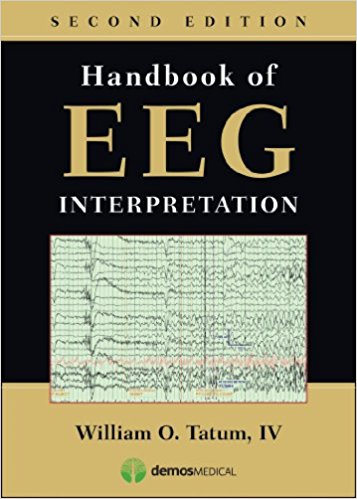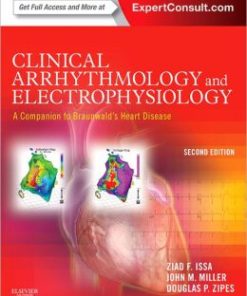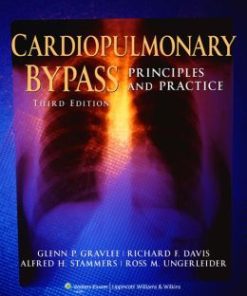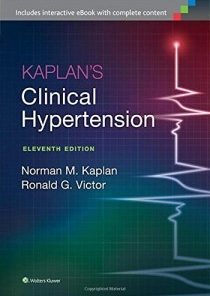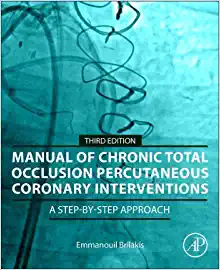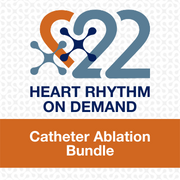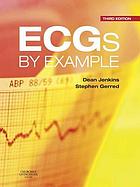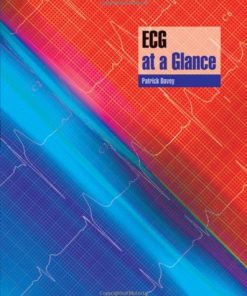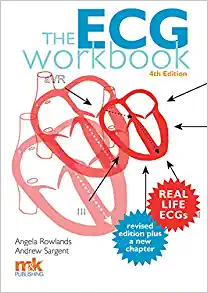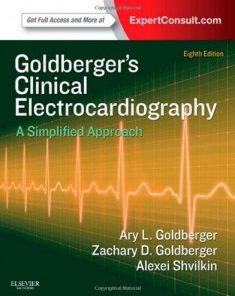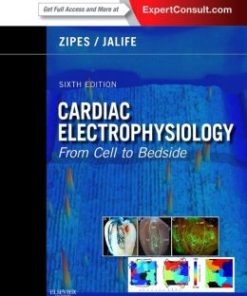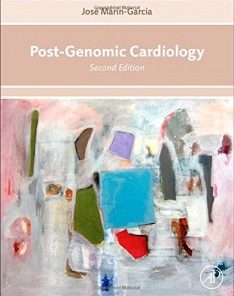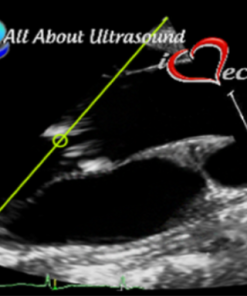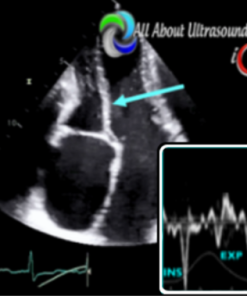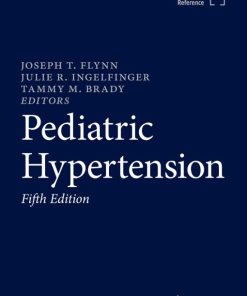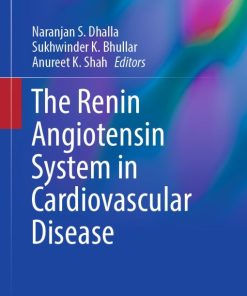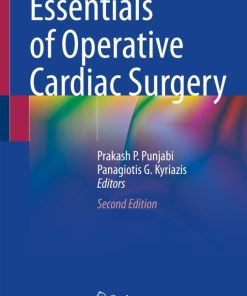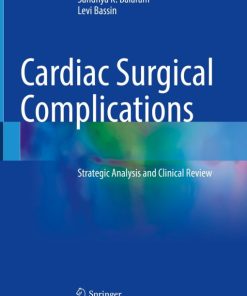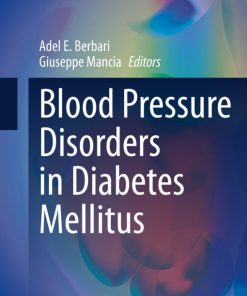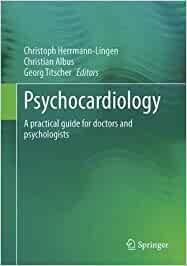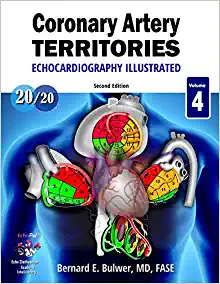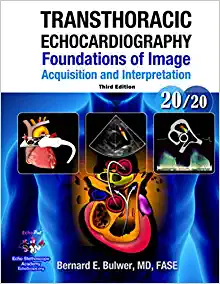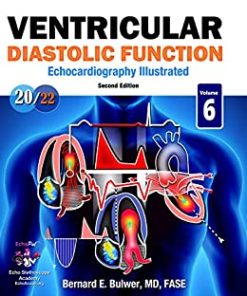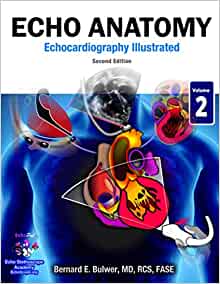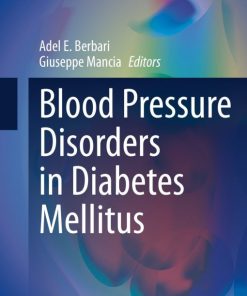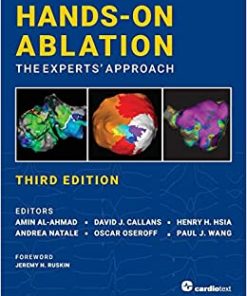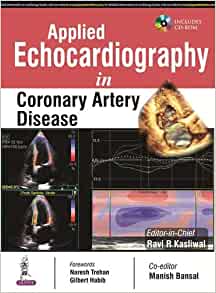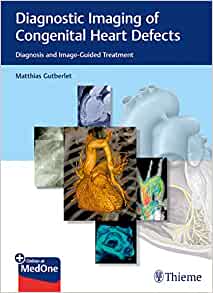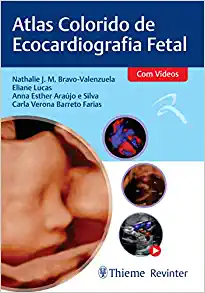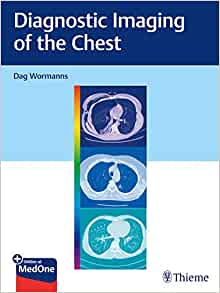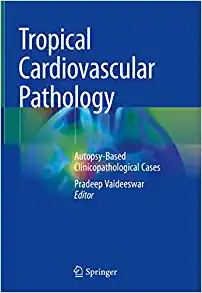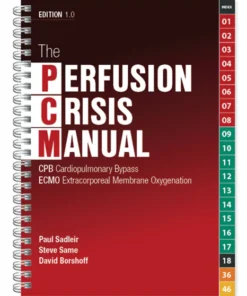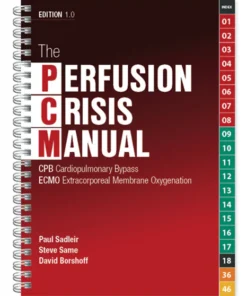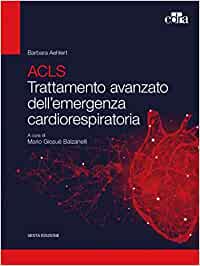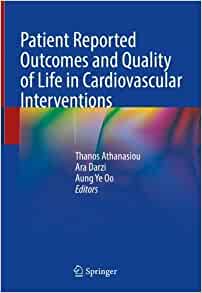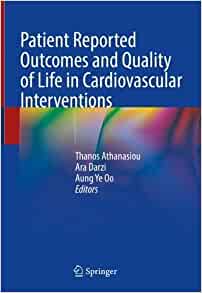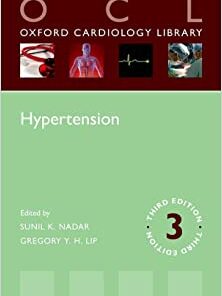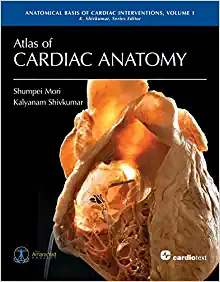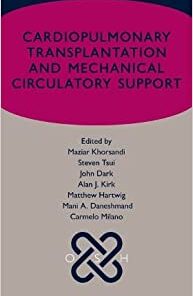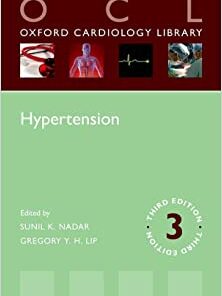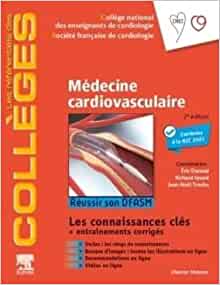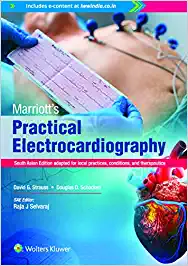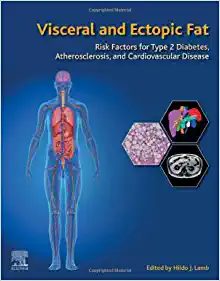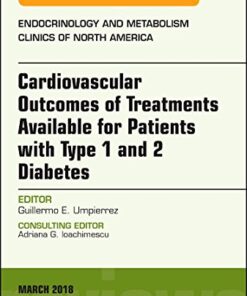- Paperback: 376 pages
- Publisher: Demos Medical; 2 edition (March 19, 2014)
- Language: English
Handbook of EEG Interpretation, Second Edition 2nd Edition PDF
$12
by William Tatum
- Updated and expanded to reflect advances in clinical EEG applications, including three new dedicated chapters
- Addresses all areas of EEG interpretation in a concise, pocket-sized, easy-to-access format
- Provides organized information and a visual approach to identifying EEG waveforms and understanding their clinical significance
- Presents information consistently for structured review and rapid retrieval
- Includes practical tips by notable experts throughout
Handbook of EEG Interpretation, Second Edition 2nd Edition PDF
This book could serve as an excellent study book for technologists to assist with waveform learning and studies. It is a good visual aid for those who must see what it may look like visually along with a description. I would recommend this book as a valuable resource in learning waveforms and reviewing knowledge of waveforms, especially the normal or benign variants that seem to give those in this field the most difficulty in remembering.”—Cyndi Miller, R. EEG T., CNIM, R.NCS.T., The Neurodiagnostic Journal
“…Large variety of subjects, good diagrams, thoroughly researched data….The book would make a good addition to a departmental or personal library.” —American Journal of Electroneurodiagnostic Technology
“…[H]elpful for neurology residents and fellows who are learning EEG interpretation or who need to make decisions while on call at the hospital.” —Doody’s Reviews
[A] first class resource of EEG Interpretation… highly recommended trusted resource for any health care professional dealing with patients who need an EEG investigation and particularly in epilepsies. Consistently formatted and packed with practical tips, this handbook is a highly useful tool for residents, fellows, clinicians, and neurophysiology technologists who are learning EEG interpretation or who need to make decisions while on call at the hospital and look for quick and reliable EEG information, regardless of specialty or level of training.—C. P. Panayiotopoulos, Department of Clinical Neurophysiology and Epilepsies, St. Thomas’ Hospital, Journal of Clinical Neurophysiology
A trusted resource for anyone involved in EEG interpretation, this compact handbook is designed for on-the-go reference. Covering the essential components of EEG in clinical practice, the book provides graphic examples of classic EEG presentations with essential text points of critical information to enhance reading skills to aid in improving patient outcomes. Authored by prominent experts in clinical neurophysiology, this second edition is updated to reflect current advances in ICU and intraoperative monitoring and includes new chapters on polysomnography, status epilepticus, and pediatric EEG.
The Handbook of EEG Interpretation, Second Edition fits in a lab coat pocket to facilitate immediate information retrieval during bedside, OR, ER, and ICU EEG interpretation. It is divided into eight sections that cover all major EEG topics including normal and normal variants, epileptiform and nonepileptiform abnormalities, seizures and status epilepticus, ICU EEG, sleep, and intraoperative monitoring. Each chapter highlights the principal challenges involved with a particular type of EEG interpretation. Consistently formatted and packed with practical tips, this handbook is a highly useful tool for residents, fellows, clinicians, and neurophysiology technologists looking for quick and reliable EEG information, regardless of specialty or level of training.
Key Features of Handbook of EEG Interpretation, Second Edition:
Product details
Related Products
CARDIOLOGY BOOKS
Kaplan’s Clinical Hypertension (Original PDF from Publisher)
CARDIOLOGY BOOKS
CARDIOLOGY BOOKS
Comprehensive Review of Interventional Cardiology 2023 (CME VIDEOS)
CARDIOLOGY BOOKS
Drugs for the Heart, 8th Edition (Original PDF from Publisher)
CARDIOLOGY BOOKS
CARDIOLOGY BOOKS
Marriott’s Practical Electrocardiography Twelfth Edition (EPUB)
CARDIOLOGY BOOKS
CARDIOLOGY BOOKS
CARDIOLOGY BOOKS
CARDIOLOGY BOOKS
Cancer and the Heart, 2nd Edition (Original PDF from Publisher)
CARDIOLOGY BOOKS
Post-Genomic Cardiology, 2nd Edition (Original PDF from Publisher)
CARDIOLOGY BOOKS
Mastering Aortic Stenosis – AllAboutUltrasound 2022 (Complete HTML)
CARDIOLOGY BOOKS
Pediatric Hypertension, 5th Edition (Original PDF from Publisher)
CARDIOLOGY BOOKS
CARDIOLOGY BOOKS
Cardiac Surgical Complications (Original PDF from Publisher)
CARDIOLOGY BOOKS
CARDIOLOGY BOOKS
Low Invasive Pediatric Cardiac Surgery (Original PDF from Publisher)
CARDIOLOGY BOOKS
CARDIOLOGY BOOKS
CARDIOLOGY BOOKS
CARDIOLOGY BOOKS
CARDIOLOGY BOOKS
Hands-On Ablation: The Experts’ Approach, Third Edition (EPUB)
CARDIOLOGY BOOKS
Applied Echocardiography in Coronary Artery Disease (Videos Only)
CARDIOLOGY BOOKS
Atlas de Ecocardiografia Fetal (Original PDF from Publisher)
CARDIOLOGY BOOKS
CARDIOLOGY BOOKS
Guidelines for Cardiac Rehabilitation Programs, 6th Edition (EPUB3)
CARDIOLOGY BOOKS
The Perfusion Crisis Manual (The PCM) (Original PDF from Publisher)
CARDIOLOGY BOOKS
CARDIOLOGY BOOKS
CARDIOLOGY BOOKS
Hypertension, 3rd Edition (Oxford Cardiology Library) (EPUB)
CARDIOLOGY BOOKS

